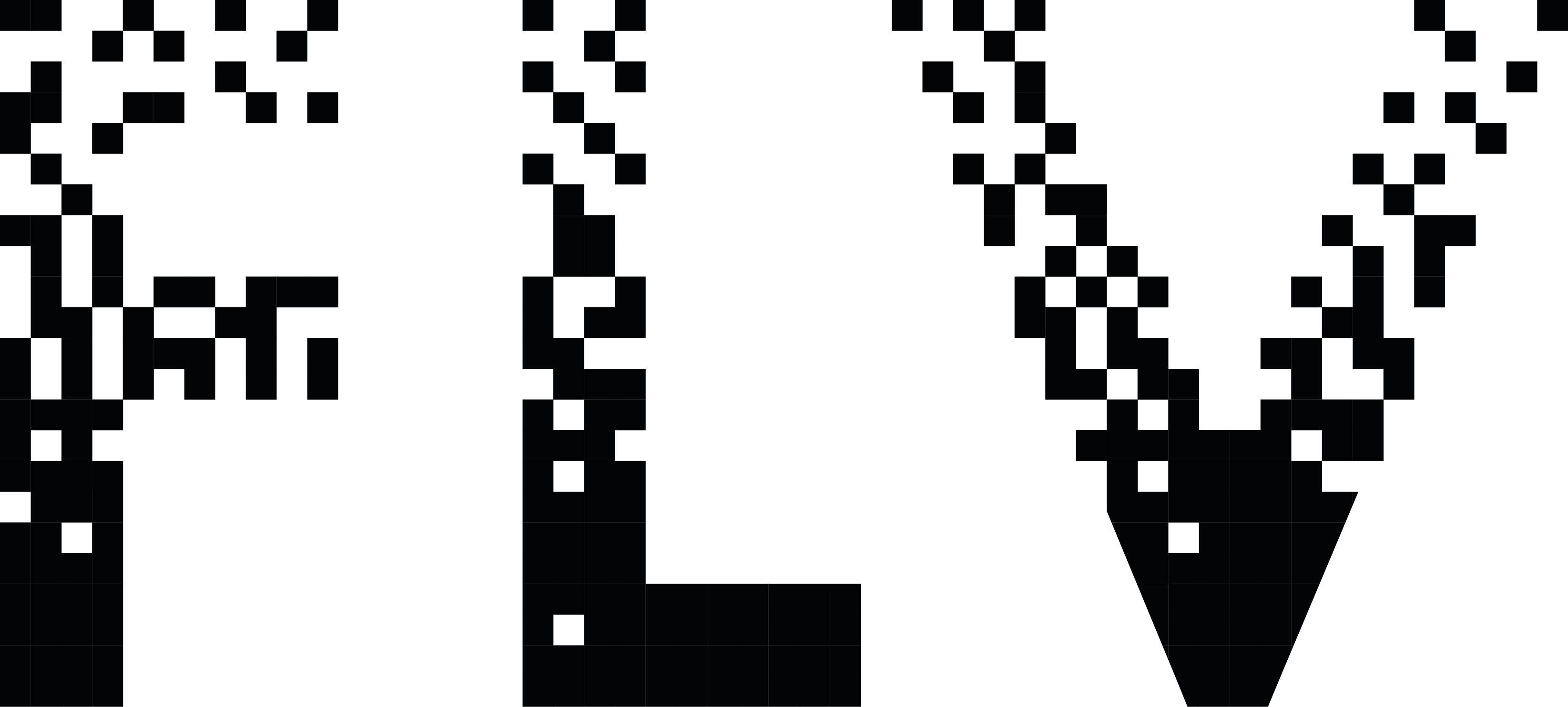FRANÇOIS MORELLET, JESÚS RAFAEL SOTO - OPTICAL & MOVEMENT
THE ESPACE LOUIS VUITTON BEIJING PROUDLY PRESENTS OPTICAL & MOVEMENT, AN EXHIBITION CONFRONTING THE WORKS OF FRENCH ARTISTS FRANÇOIS MORELLET AND VENEZUELAN-BORN JESÚS RAFAEL SOTO.
François Morellet received no traditional artistic training and always asserted that his being self-taught ensured his freedom. He began to paint around 1946 and his subsequent discovery of Mondrian, then of Concrete art in the early 1950s, led him to break with all forms of expressiveness and embrace geometry as the best way to achieve conscious artistic creation. Thereafter, he composed paintings based on a set of deductively applied, freely agreed rules. These rules are both serious (in that their effectiveness is indisputable) and utterly madcap. The sheer luck that drives the design of his works is somehow held at bay by rigorous combinatorial analysis.
In 1960, Morellet was a founding member of the Groupe de recherche d’art visuel (GRAV – “Visual Art Research Group”) and found many ways to express his creativity, working in the city and on architecture. The GRAV snubbed subjectivity in any form, but nevertheless sought to “give geometry social meaning,” which was spectacularly achieved through kinetics. Then, in 1963, Morellet grasped the aesthetic potential of neon, a way for him to more broadly and explicitly nurture his relationship with language, before creating increasingly “baroque” works in the early 1990s.
Jesús Rafael Soto was born in a small town in Venezuela. Nothing predisposed him to be part of the aesthetic revolutions that swept through Europe in the 1950s and 1960s. From 1942 to 1947, he studied at the Escuela Superior de Artes Plasticas in Caracas. He was intrigued by the work of Mondrian and Malevich and, like other South American artists, joined abstract art circles. Soto then took the helm at the Escuela de Artes Plásticas in Maracaibo, Venezuela, where he stayed until 1950, when he moved to Paris, France.
In 1955, he took part in the Le Mouvement exhibition in Paris at the Galerie Denise René, an event that marked the birth of Kinetic art. He is one of the artists who invite the observer to experience a work that challenges concepts of movement, time and space. For many years, Soto’s art would seesaw between geometric and organic forms: in 1957, he favoured abstract techniques, but definitively returned to geometric expression in 1965. Over the course of this decade, he began creating linear and kinetic constructions using industrial and synthetic materials such as nylon, Perspex, steel and industrial paints – as clearly seen in the series entitled Pénétrables. Soto’s research and experimentation increased his awareness of the fluidity of time and space, relying on what forms the foundations of painting – formal structure and chromatic interplay.
François Morellet and Jesús Rafael Soto met in 1956 and became close. Each uniquely embodies post-war art, an abstract, geometric art that experiments with light, movement and optical properties. The exhibition at the Espace Louis Vuitton Beijing marks the 100th anniversary of Soto’s birth.
The artists
Jesús Rafael Soto
Jesús Rafael Soto was born in 1923 in Ciudad Bolívar, Venezuela, and died in 2005 in Paris, France. He was one of the main exponents of Kinetic art, the art of movement. He served as director of the Escuela de Bellas Artes in Maracaibo, Venezuela, then received a scholarship that allowed him to move to Paris in 1950. He took part in Le Mouvement (Movement) at Galerie Denise René in Paris, the 1955 exhibition that effectively launched Kinetic art. He also had works in the exhibitions of the ZERO group in an exploration of immateriality. In his earliest works, Soto was already endeavouring to move beyond representation of two-dimensional geometric shapes and introduced movement using the device of repetition. The viewer is central to Soto’s œuvre. In 1967, he produced his first Pénétrables, works composed of metal rods and nylon strands hanging in space.
François Morellet
François Morellet was born in 1926 and died in 2016 in Cholet, France. He began his career in the early 1950s and then explored the worlds between abstraction and derision. Nicknamed and self-titled the “rigorous joker,” he developed a radical body of work forged by discipline and rife with jocularity. From very early on, he strove to distance himself as much as possible from all subjectivity and romanticism traditionally associated with the figure of the demiurge-artist. Confining himself to specific methods and restrictions, to apply them and better get around them, he celebrated freedom within the rules. Square canvases, adhesive tape, neon lights, natural or high-tech components – he used anything and everything in his artistic expression, experimenting with the infinite power of combinations and sheer happenstance in material neutrality and creative anonymity.

